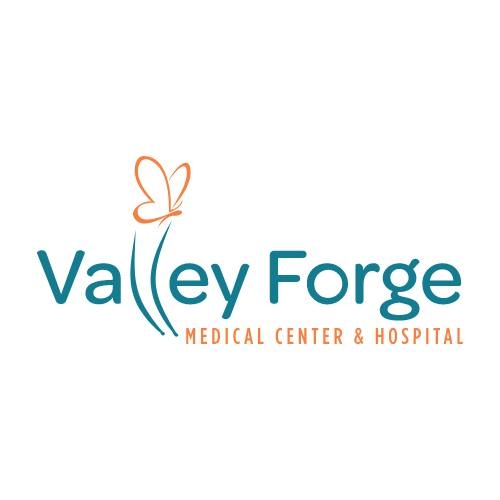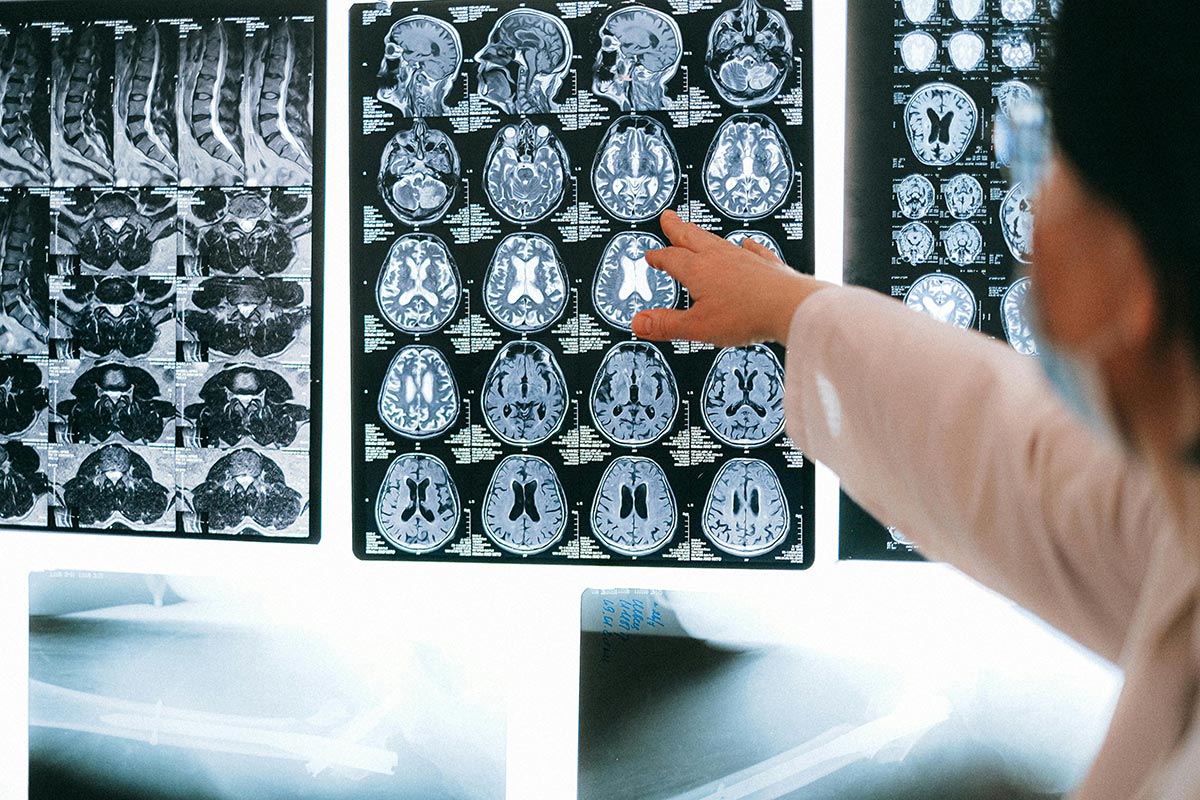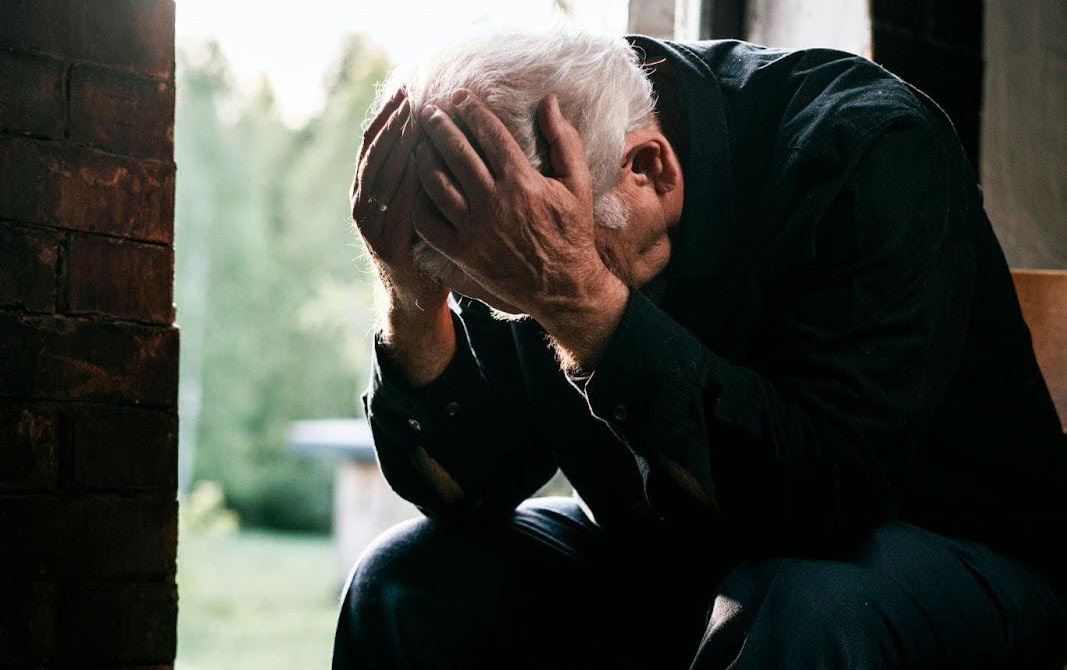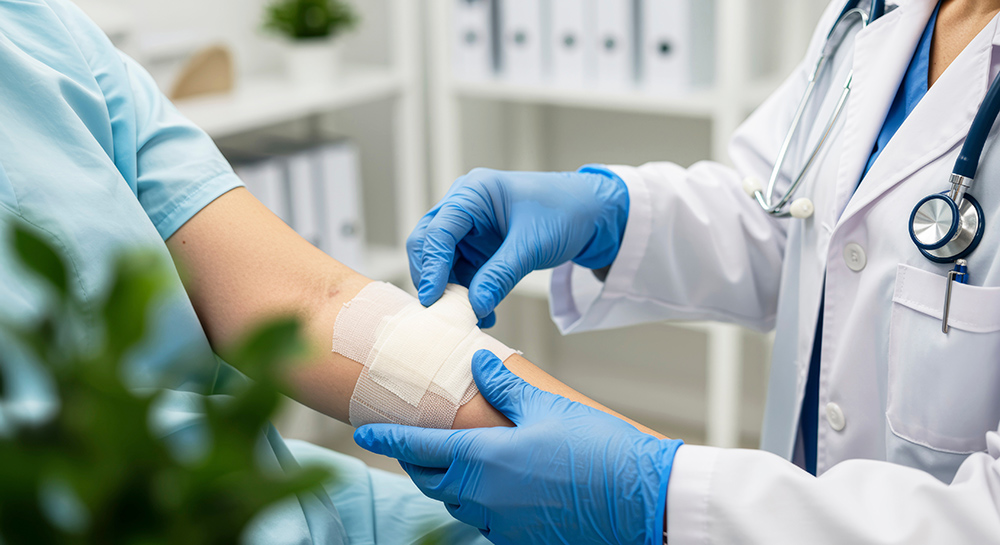

Addressing Opioid Overdoses in Medical Settings
Opioid overdoses pose significant challenges in medical environments, particularly in addiction hospitals. Understanding the structured response protocol, recognizing the signs of an overdose, and effectively administering naloxone are crucial components in managing these emergencies.
Structured Response Protocol
Addiction medical hospitals typically follow a structured response protocol when addressing overdoses. This protocol includes the following steps:
Signs of Opioid Overdose
Identifying the signs of an opioid overdose is essential for timely intervention. The following table outlines common signs to look for:
Signs of Opioid OverdoseDescriptionUnresponsivenessThe individual does not respond to stimuli, such as shaking or shouting.Slow or Abnormal BreathingBreathing may be very slow (less than 10 breaths per minute) or may stop altogether.Pinpoint PupilsThe pupils may appear extremely small, resembling “pinpoints.”Blue or Gray SkinParticularly noticeable around the lips and fingertips, indicating a lack of oxygen.
Patients with complex risk factors—such as a history of substance use disorders or the ongoing misuse of prescription opioids—are at heightened risk for overdose [2].
Administering Naloxone
Naloxone is the primary treatment for reversing opioid overdoses. It acts quickly, countering the effects of opioids on the nervous system. The initial intravenous dosage typically ranges from 0.4 to 0.8 mg, which can rapidly reverse neurological and respiratory symptoms. However, larger doses—reported to be as high as 100 mg—may be required in some cases to achieve successful resuscitation [3].
Administering naloxone promptly can greatly increase the chances of survival for an individual experiencing an overdose. Addiction hospitals emphasize training staff on how to recognize overdose symptoms and properly administer naloxone to ensure swift action during emergencies.
Understanding how addiction medical hospitals handle overdoses is essential for improving response effectiveness and ultimately saving lives. Each component, from following the structured protocol to recognizing signs and administering naloxone, plays a vital role in managing opioid overdoses effectively.
Risk Factors for Opioid Overdose

Understanding the risk factors associated with opioid overdoses is crucial for healthcare providers in addiction hospitals. This section highlights complex risk factors, identifies high-risk patients, and discusses preventive interventions that can significantly impact overdose incidents.
Complex Risk Factors
Patients in addiction medical hospitals often exhibit complex risk factors for opioid overdose. Key considerations include:
Healthcare providers must engage these patients in treatment and employ risk mitigation strategies. Utilizing medications like buprenorphine/naloxone (BUP/NX) is recommended, along with transitioning to long-acting naltrexone or methadone for those who do not respond to initial treatments effectively. This comprehensive approach can lower the chances of overdose significantly.
High-Risk Patients
Certain groups of patients are identified as high-risk for opioid overdose. These include:
Patient GroupRisk FactorsIndividuals with a history of overdosePast overdoses increase future risk.Patients with concurrent mental health disordersCo-occurring conditions complicate treatment.Those with limited social supportLack of support networks can lead to isolation.
Identifying these high-risk populations allows addiction hospitals to prioritize interventions and monitoring strategies. Implementing tailored treatment plans is essential to mitigate these risks.
Preventive Interventions
Preventive measures play a pivotal role in managing the risk of opioid overdose. Key interventions include:
By focusing on these preventive strategies, addiction hospitals can take a proactive stance against opioid overdoses. For more insights into treatment strategies, explore how addiction hospitals use data and analytics to improve care and learn about the role of emergency medical services in addiction hospitals.
Treatment Approaches for Overdose

Addressing overdoses in addiction hospitals involves various treatment strategies designed to support recovery and prevent future incidents. This section outlines three primary approaches: Medication-Assisted Treatment, Inpatient Rehabilitation Facilities, and Outpatient Counseling.
Medication-Assisted Treatment
Medication-Assisted Treatment (MAT) is a cornerstone of managing Opioid Use Disorder (OUD). This approach incorporates medications such as buprenorphine, methadone, and naltrexone. These drugs play a vital role in normalizing brain chemistry, blocking euphoric effects, alleviating cravings, and restoring normal bodily functions without the negative effects typically associated with substance use. The Substance Abuse and Mental Health Services Administration (SAMHSA) emphasizes the effectiveness of this method in fostering recovery [4].
MedicationPurposeBuprenorphineAlleviates cravings and withdrawal symptomsMethadoneBlocks euphoric effects and minimizes cravingsNaltrexonePrevents relapse and reduces cravings
Combining MAT with therapy increases the chances of sustaining recovery and lowering the risk of overdose, and it can also significantly help in reducing the chances of contracting diseases such as HIV or hepatitis C by minimizing relapse potential [4].
Inpatient Rehabilitation Facilities
Inpatient rehabilitation facilities provide intensive, supervised care for individuals suffering from substance use disorders. These centers offer a structured environment where patients receive comprehensive treatment, which may include detoxification, counselling, and medical supervision.
Patients in rehabilitation facilities benefit from around-the-clock support, structured programming, and access to medical professionals who can address both addiction and any co-occurring disorders. This intensive approach not only helps manage withdrawal symptoms but also lays the groundwork for sustainable recovery.
For additional insights on treatment environments, refer to our article on the benefits of structured sober living environments.
Outpatient Counseling
Outpatient counseling plays a crucial role in the recovery process, offering flexibility and ongoing support for individuals who may not require residential treatment. This approach allows individuals to receive therapy while continuing to engage with their daily life.
Outpatient programs often include individual therapy, group sessions, and family counseling, providing a comprehensive resource to help individuals understand and address their substance use. Such programs can be highly effective, especially when combined with medication-assisted treatments, offering a well-rounded approach to recovery.
For more information on how various therapies contribute to treatment, explore how addiction hospitals utilize data and analytics for improved care at how addiction hospitals use data and analytics to improve care.
By integrating these treatment approaches, addiction hospitals can effectively address the complexities of overdose and support individuals on their path to recovery. Each method plays a vital role in providing comprehensive care tailored to individual needs.
Importance of Discharge Planning
Proper discharge planning plays a vital role in ensuring the safety and well-being of patients leaving addiction hospitals. It involves the provision of essential information and resources to help individuals manage their health effectively after treatment, particularly regarding overdose prevention.
Prescription of Naloxone
One critical component of discharge planning for patients treated for opioid overdose is the prescription of naloxone. Naloxone, available in both pen and nasal spray forms, is a life-saving medication that can reverse opioid overdoses. When the patient is discharged, they should receive this prescription along with verbal and written instructions on its proper use. Ensuring that family members and caregivers are educated about its presence and how to administer it is equally important, as they may be the ones to act in a crisis situation [5].
A guideline table for naloxone administration may include:
Medication FormRecommended InstructionsNaloxone PenInject into the thigh, hold for 5 seconds, and seek emergency help.Naloxone Nasal SpraySpray into one nostril and seek emergency help.
Patient Education
Patient education is fundamental in discharge planning. It should emphasize essential safety tips, including:
These instructions not only help in preventing overdose but also promote a better understanding of managing their medications safely. Educational resources should be accessible, ensuring that individuals can refer back to them when needed [3].
Transition of Care
The transition of care is crucial as patients leave addiction hospitals. It often involves collaboration between addiction specialists, primary care providers, and potential outpatient support services to ensure continuity in their treatment plan. Effective communication between these parties can help prevent gaps in care, reducing the risk of relapse or overdose.
Discharge planning may also include follow-up appointments to monitor the patient’s progress and adjust treatment as necessary. Providing a comprehensive discharge plan can improve outcomes and enhance the overall recovery process. For further insights into how addiction hospitals work with various stakeholders, check our article on how addiction hospitals collaborate with primary care providers.
Overdose Prevention Strategies
Preventing overdoses in addiction hospitals relies heavily on effective strategies, particularly the use of naloxone, opioid overdose reversal medications, and medications for substance use disorders.
Naloxone Use
Naloxone, commonly known as Narcan, is a life-saving medication used in medical settings to reverse opioid overdoses. It works by displacing opioids from their receptors in the brain, thereby rapidly reversing the effects of an overdose. This medication significantly increases the chances of survival for individuals who have overdosed [2].
Training family members, caregivers, and friends of individuals using opioids on recognizing overdose signs and administering naloxone is crucial. In fact, the FDA approved naloxone as the first over-the-counter medication to prevent opioid overdose. This accessibility empowers people to act quickly in emergency situations [6].
Naloxone InformationDetailsType of MedicationOpioid Overdose ReversalAdministration RouteIntranasal or IntramuscularTime to Effect2-5 MinutesFDA StatusOver-the-counter approved
Opioid Overdose Reversal Medications
Aside from naloxone, other opioid overdose reversal medications like nalmefene are also available. These medications are FDA-approved and work by reversing the toxic effects associated with opioid overdoses. They play an essential role in emergency responses within addiction hospitals [4].
These medications offer healthcare professionals the ability to quickly restore normal breathing in individuals experiencing an overdose, enhancing the chances of survival.
Overdose Reversal MedicationsMechanismNaloxoneDisplaces opioids from receptorsNalmefeneSimilar function as naloxone; reverses effects
Medications for Substance Use Disorders
In addition to immediate overdose reversal strategies, long-term treatment approaches for opioid use disorder (OUD) involve medications. Options such as methadone and buprenorphine are used to help manage cravings and reduce the risk of overdose.
Medications for OUDFunctionMethadoneReduces withdrawal symptoms and cravingsBuprenorphinePartial agonist; lowers overdose risk while allowing some opioid activity
In addiction hospitals, addressing the multifaceted aspects of overdose prevention and treatment is crucial. The use of naloxone and other medications not only aids in immediate overdose scenarios but also plays a part in comprehensive care for substance use disorders. For a deeper understanding of how addiction medical hospitals handle overdoses, check additional resources linked throughout this document.
Preventing Accidental Overdoses
Preventing accidental overdoses is crucial in managing substance use disorders. Various strategies can be employed to minimize the risks associated with medication misuse or accidental ingestion.
Safe Medication Storage
Proper storage of medications plays a vital role in preventing accidental overdoses, particularly in homes with children. Medications should be kept out of reach or locked away to prevent unauthorized access. The Substance Abuse and Mental Health Services Administration (SAMHSA) emphasizes the importance of storing medications safely to avoid accidental ingestion, which can lead to severe health complications. For instance, methadone's liquid form is often colored and could be mistaken for fruit juice, posing a serious risk for children.
Medication TypeRecommended Storage TipOpioidsStore in a locked cabinetLiquid MedicationsKeep in high, inaccessible areasPrescription DrugsRegularly check for outdated meds
Responsible Medication Use
Encouraging responsible use of legal substances is vital for overdose prevention. This includes following prescribed dosages and avoiding sharing medications with others. SAMHSA has noted that alongside medication, therapy and counseling are effective in achieving full recovery from substance misuse [4]. Community programs that raise awareness about the dangers of misuse and the importance of adhering to prescribed treatment can significantly impact public health.
Collaboration for Prevention
Collaboration among various sectors is essential in reducing the risks associated with substance misuse. Government initiatives and private sector industries play crucial roles in supporting prevention programs. Encouraging responsible medication use and addressing wider social determinants, such as stable housing, can further mitigate overdose risks. A lack of stable housing is linked to a higher risk of experiencing a subsequent overdose. As reported by the Minnesota Department of Health, secure housing can significantly alleviate stress and support recovery endeavors.
Overall, through safe storage, responsible use, and collaborative prevention strategies, addiction medical hospitals can contribute to reducing the incidence of accidental overdoses. This multi-faceted approach ensures that individuals are better equipped to manage their health and well-being in the context of substance use.
References
[2]:
[3]:
[4]:
[5]:
[6]:
.svg)





